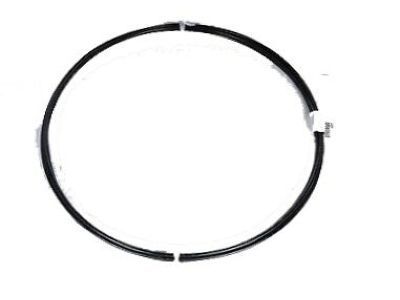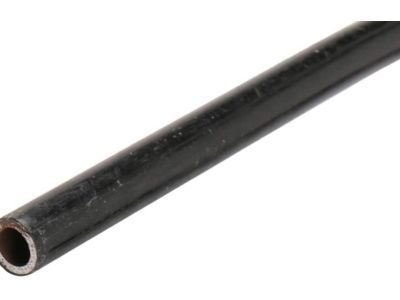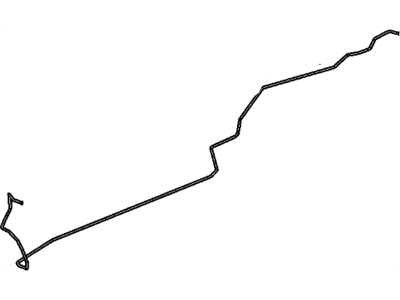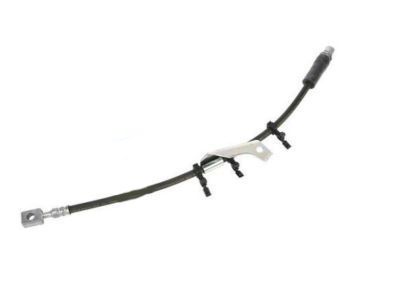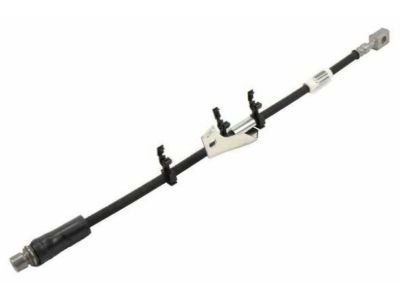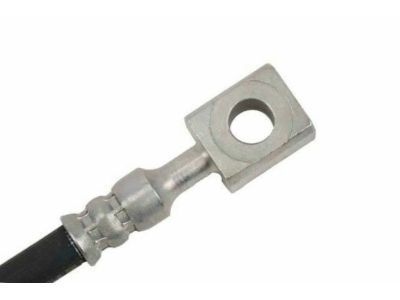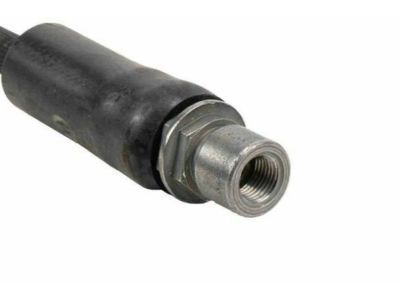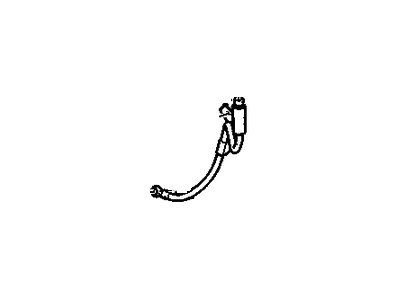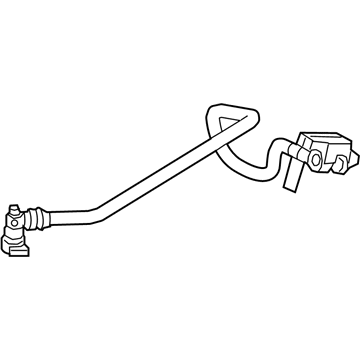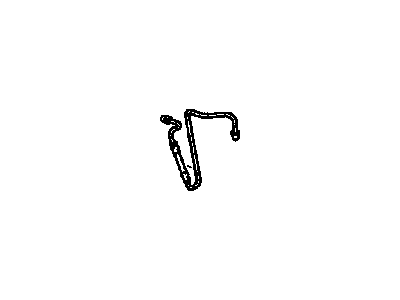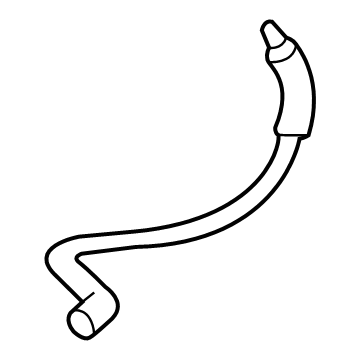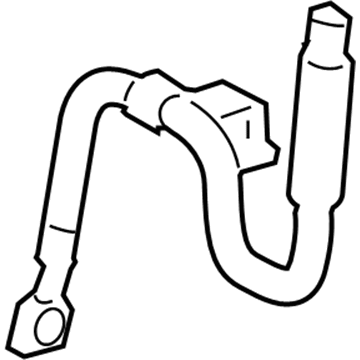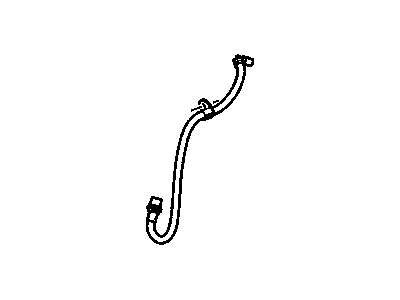
My Garage
My Account
Cart
Genuine GMC Terrain Brake Line
Brake Hose- Select Vehicle by Model
- Select Vehicle by VIN
Select Vehicle by Model
orMake
Model
Year
Select Vehicle by VIN
For the most accurate results, select vehicle by your VIN (Vehicle Identification Number).
32 Brake Lines found
GMC Terrain Pipe,Brake
Part Number: 88983905$68.37 MSRP: $134.44You Save: $66.07 (50%)Ships in 1-3 Business DaysGMC Terrain Hose Assembly, Front Brake
Part Number: 84068671$37.64 MSRP: $70.52You Save: $32.88 (47%)Ships in 1-2 Business DaysGMC Terrain Pipe Assembly, P/B Boos Vac
Part Number: 84974393$27.98 MSRP: $54.56You Save: $26.58 (49%)GMC Terrain Pipe Assembly, Brake Pressure Mod Valve Front
Part Number: 25818924$40.63 MSRP: $79.20You Save: $38.57 (49%)Ships in 1-3 Business DaysGMC Terrain Pipe Assembly, P/B Boos Vac
Part Number: 84974392$29.98 MSRP: $56.56You Save: $26.58 (47%)Ships in 1-3 Business DaysGMC Terrain Hose Assembly, Front Brk
Part Number: 84398706$13.60 MSRP: $25.67You Save: $12.07 (48%)Ships in 1-3 Business DaysGMC Terrain Pipe Assembly, Brk Press Mod Vlv (Prim)
Part Number: 84974416$21.19 MSRP: $38.52You Save: $17.33 (45%)Ships in 1-3 Business DaysGMC Terrain Hose Assembly, Front Brake
Part Number: 84068672$37.84 MSRP: $68.79You Save: $30.95 (45%)GMC Terrain Hose Assembly, Rear Brake
Part Number: 84068673$20.39 MSRP: $36.56You Save: $16.17 (45%)Ships in 1-2 Business DaysGMC Terrain Hose Assembly, Rear Brake
Part Number: 84068674$24.38 MSRP: $45.98You Save: $21.60 (47%)Ships in 1-2 Business DaysGMC Terrain Hose Assembly, Front Brake
Part Number: 84293148$8.03 MSRP: $15.15You Save: $7.12 (47%)Ships in 1-2 Business DaysGMC Terrain Hose Assembly, Front Brake
Part Number: 84293149$8.13 MSRP: $14.78You Save: $6.65 (45%)Ships in 1-2 Business DaysGMC Terrain Pipe Assembly, Brk Press Mod Vlv (Secd)
Part Number: 84501984$17.60 MSRP: $33.21You Save: $15.61 (47%)GMC Terrain Hose Assembly, Rear Brk
Part Number: 84559403$7.05 MSRP: $12.80You Save: $5.75 (45%)Ships in 1-2 Business DaysGMC Terrain Hose Assembly, Front Brk
Part Number: 84559407$8.34 MSRP: $15.15You Save: $6.81 (45%)Ships in 1-3 Business DaysGMC Terrain Pipe, Fuel Return
Part Number: 23385611$49.00 MSRP: $77.10You Save: $28.10 (37%)Ships in 1-3 Business DaysGMC Terrain Hose Assembly, Front Brk
Part Number: 84559408$8.73 MSRP: $15.87You Save: $7.14 (45%)Ships in 1-3 Business DaysGMC Terrain Pipe Assembly, Front Brk
Part Number: 84974424$11.52 MSRP: $20.94You Save: $9.42 (45%)Ships in 1-3 Business Days
| Page 1 of 2 |Next >
1-20 of 32 Results
GMC Terrain Brake Line
Brake Line of GMC Terrain vehicles is in existence and responsible for the distribution of brake fluid from the master cylinder to the brake caliper pistons so that the hydraulic braking system will work. Metal brake lines are vulnerable to corrosion and physical shocks that leads to leakage of the brake fluid that results to hydraulic failure. Brake hoses can also be physically or internally damaged, hence affecting the brakes on the car. When replacement is necessary, there are pre-bent brake line kits and direct replacement brake hoses which can be quite comfortable and very anti-corrosive. According to many car owners, including myself, switching to the newer braided stainless steel brake lines offer a drastic enhancement in the feel and reaction of the brake pedal specifically of a car that is used for spirited driving.
Each OEM GMC Terrain Brake Line we offer is competitively priced and comes with the assurance of the manufacturer's warranty for the part. Furthermore, we guarantee the speedy delivery of your orders right to your doorstep. Our hassle-free return policy is also in place for your peace of mind.
GMC Terrain Brake Line Parts Questions & Experts Answers
- Q: How to inspect and replace flexible brake hoses and brake line on GMC Terrain?A:About every six months, it is important to inspect the flexible hoses that connect the steel brake lines with the front and rear brake assemblies for any cracks, chafing, leaks, blisters, or other damage. This inspection should be done with the vehicle raised and securely placed on jackstands, using a light and mirror for a thorough check. If any of the above defects are found, the hose should be replaced with a new one. To disconnect a brake hose from the brake line, clean the ends of the hose and detach any brackets or wiring harnesses securing it to other components. Unscrew the metal tube nut with a flare nut wrench and remove the U-clip from the female fitting at the bracket. Disconnect the hose from the caliper, discarding the sealing washers, and attach the new hose to the caliper or wheel cylinder using new sealing washers. To reattach a brake hose to the metal line, insert the end of the hose through the frame bracket, ensuring it is not twisted, and tighten the tube nut fitting securely. Install the U-clip at the frame bracket and check for any contact with suspension or steering components. Bleed the brake system. When replacing metal brake lines, use the correct parts and avoid using copper tubing. Prefabricated brake lines with flared tube ends and fittings can be bent to the proper shapes using a tubing bender. Ensure the new line is well-supported in the brackets and has sufficient clearance from moving or hot components. After installation, check the master cylinder fluid level, add fluid if necessary, bleed the brake system, and carefully test the brakes before normal operation of the vehicle.
